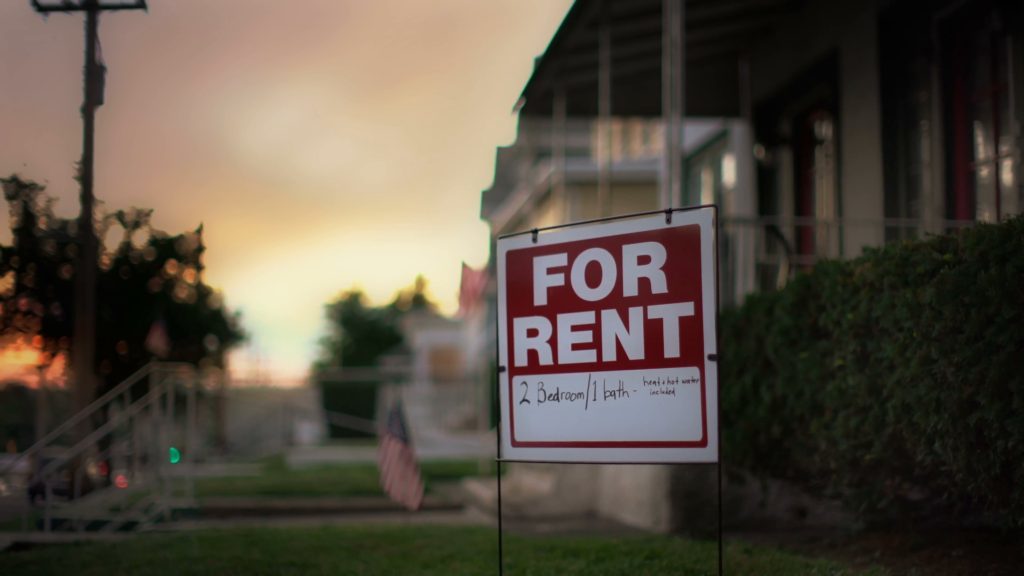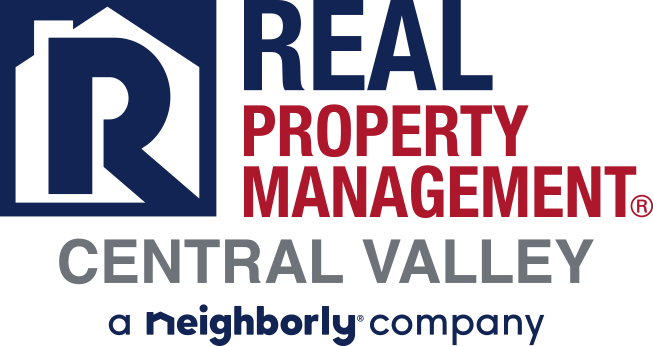Is your rental property priced too low? Here’s how to find out

Owning a rental property is great because it’s an awesome way to build positive monthly cash flow and build wealth but what if your rental property is priced too low?
In this article we will provide you with several tips you can use to find out if you’ve priced your rental property too low.
How to Set the Right Rental Price for Your Property
- Rentometer
Annual cost is about $100.
This is an awesome website for rental comparison! You can compare by city or zip code. It gives you the 75th percentile and 90th percentile, so you can get a good estimate on the highest rent (price per square foot) and the lowest rent. Most likely, your property is going to fall somewhere in the 90th percentile.
This is a great place to start, so use it as a baseline. DON’T blindly rely on the data provided on Rentometer though, because you don’t know what those properties look like. Refine your data by implementing some of the strategies below.
Note: RentCafe also has free data, but it’s not as comprehensive and detailed as Rentometer.

- Occupancy Rate
What’s the average occupancy rate in the area? Is it 95 percent or 85 percent?
How’s your property’s occupancy rate compared to the region’s? You don’t want it to be higher or lower by too much.
If your occupancy rate is much higher than the regional average, then your rent is probably not aggressive enough. If it’s a lot lower, then your rent might be too high, or you might have a much bigger issue than just pricing.
- Research Properties Online
This is a great way to find comparable properties. It’s also, in my opinion, the most effective and crucial step! You can do this research anywhere, get a decent rent estimate, and have a strong understanding of what your competition looks like.
Go on Apartments.com or Zillow, and find nearby properties that resemble yours. Pay attention to the year built, number of units, types of amenities, convenience, interior and exterior finishes, and inclusion or exclusion of a washer and dryer. It’s unlikely that you’ll find an exact match, but this is still enough to get a good estimate on the rent.
You should also figure out if the properties nearby are doing RUBS (Ratio Utility Billing System). If they are, then you should check with your property manager and try to implement RUBS, as well!
- Property Manager
Your property managers are great resources, but don’t rely on them completely. Ask them about the current market rents and for a market report.
For the report, they can give you a list of comparable properties with the current rents, which you can then verify yourself–either by researching online or visiting the properties in person.

- Site Visit
Once you’ve found a couple properties nearby that are similar to yours, call or visit the property as a potential renter. Ask questions regarding the current rent, unit size, amenities, utility bill, and any special features. Preferably, you should visit the site to get a good feeling of the property overall.
This is a lot more time-consuming than step three, but you should do this at least once or twice a year. It’s your job as an investor to study the current local market, so that you can manage your current properties well and underwrite accurate pro forma for future acquisitions.
Contact RPM Central Valley
Tired of self managing your Central Valley investment property? Contact RPM Central Valley today by calling us at (209) 572-2222 or click here to connect with us online.
